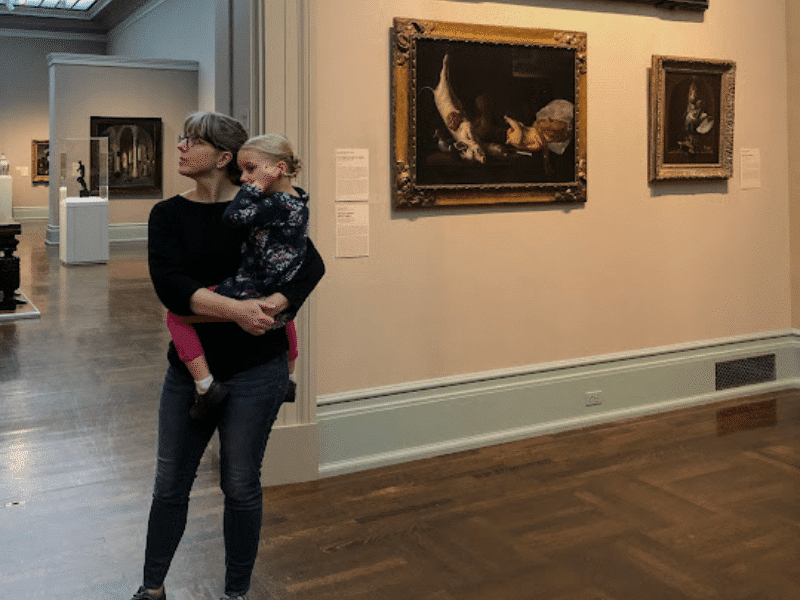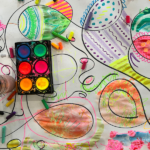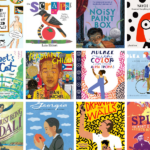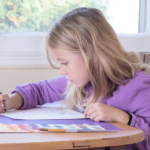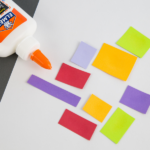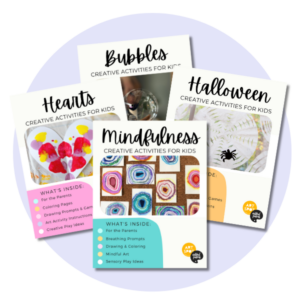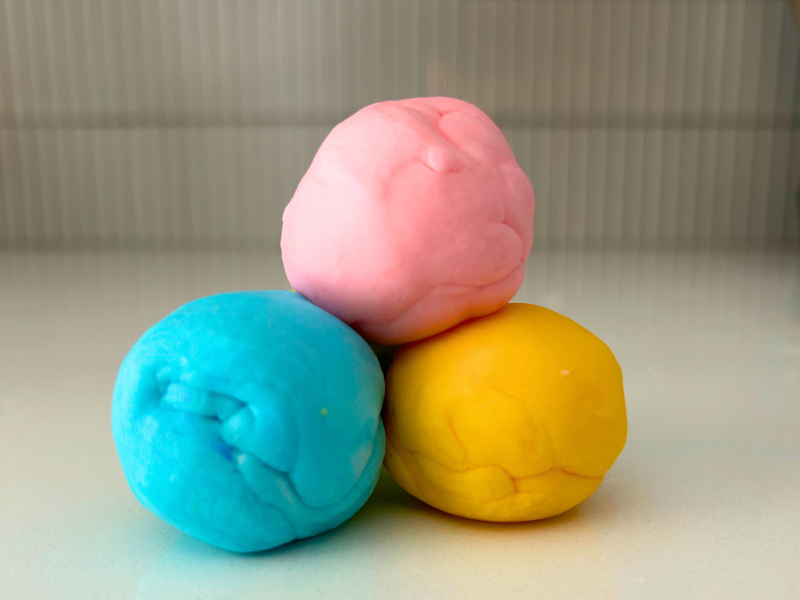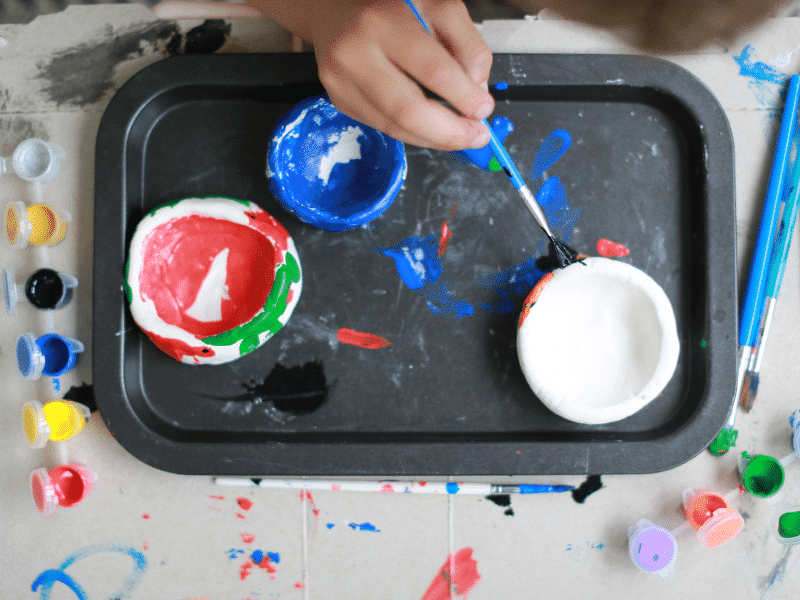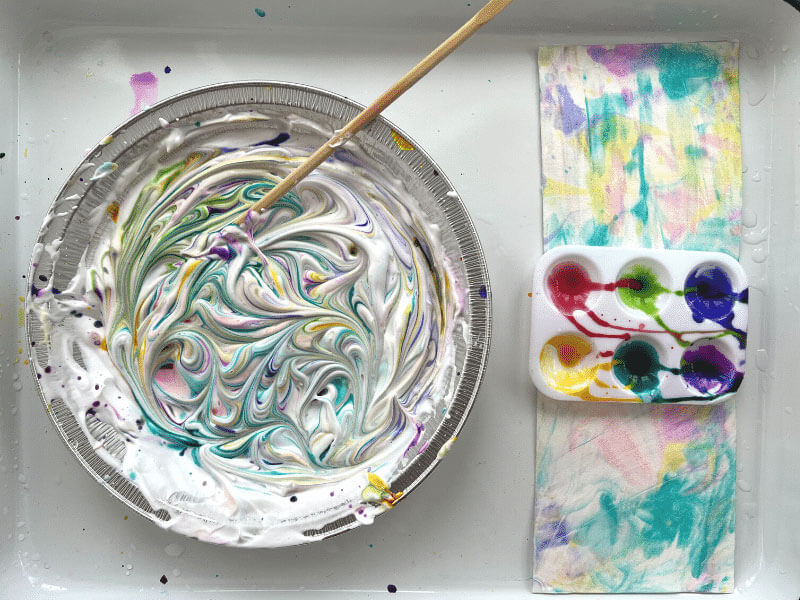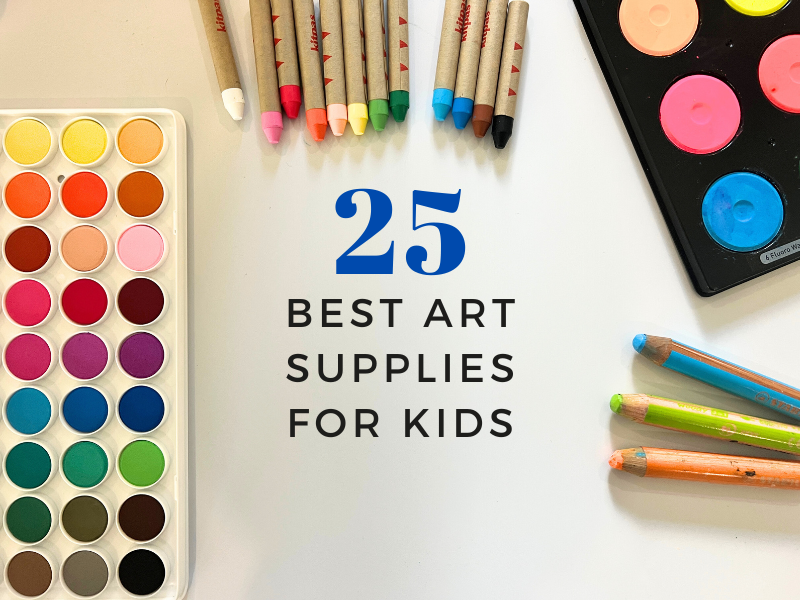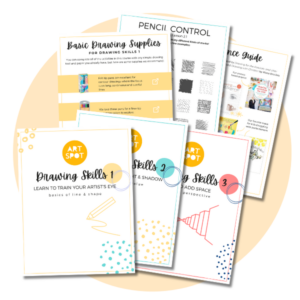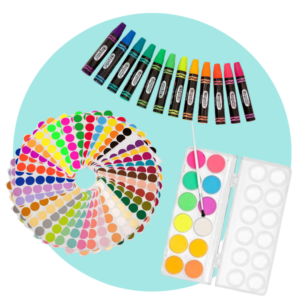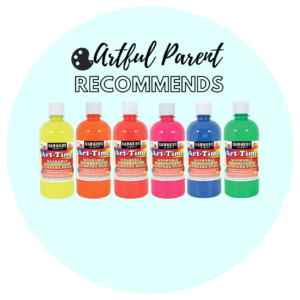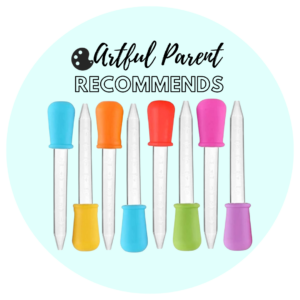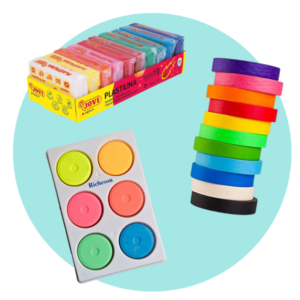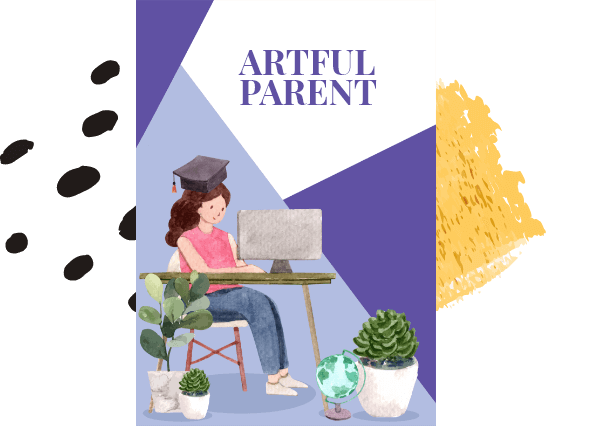Our top 3 best tips for how to visit an art museum with kids. Plus, a free printable scavenger hunt to make your visit even more fun!
Updated August 2024
A visit to an art museum with kids can be a meaningful and worthwhile experience, but let’s be real here. The idea of taking your rowdy crew into a gallery full of priceless treasures? It takes more than a little bravery!
Luckily, a little bit of preparation can go a long way here, transforming a stressful situation into a good time for everyone. Follow these simple tips to save your sanity and help your whole family get the most out of your next art museum visit.
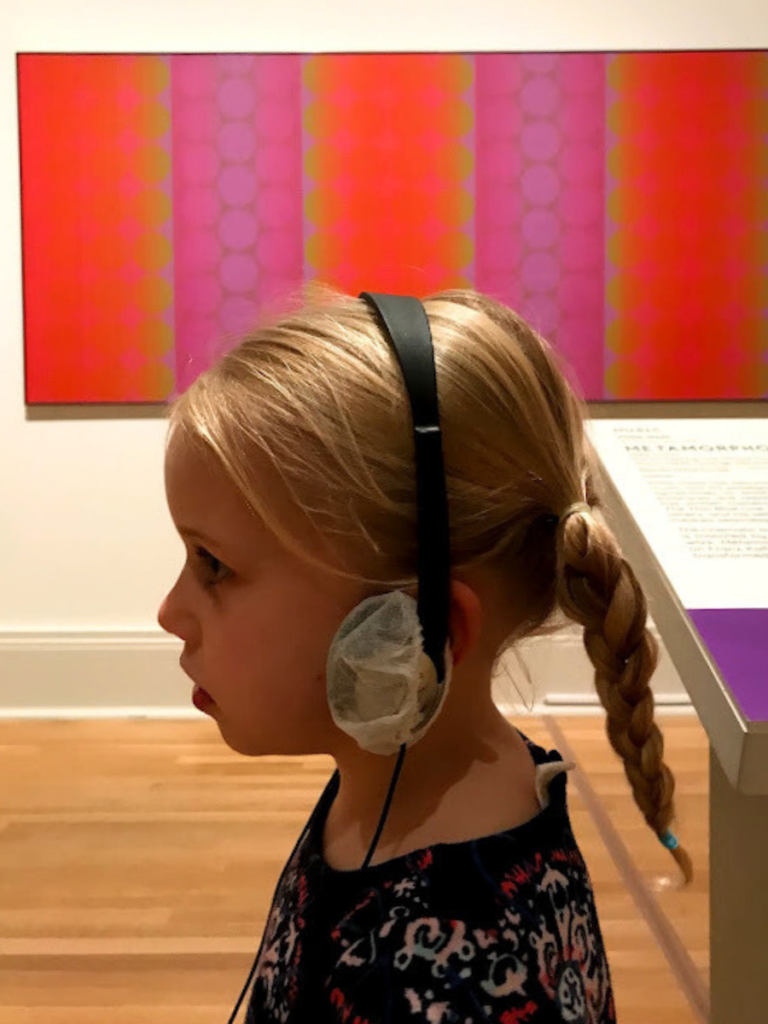
Tips to Visit an Art Museum
1. Do your research
Many art museums have kid-friendly exhibits even when the rest of the building is aimed at an adult audience. Unfortunately, I learned the hard way that those exhibits can sometimes have their own unique hours of operation. It definitely pays to do a quick bit of internet sleuthing ahead of time!
Plus, most kids love a good plan. And they love it even more when they’re involved. Whenever we prepare for a museum visit, we let our kids poke around the website, finding the maps and noting any cool exhibits they want to make sure to see.
This way, we start to build some enthusiasm for the museum and give the kids a bit of ownership in the plan.
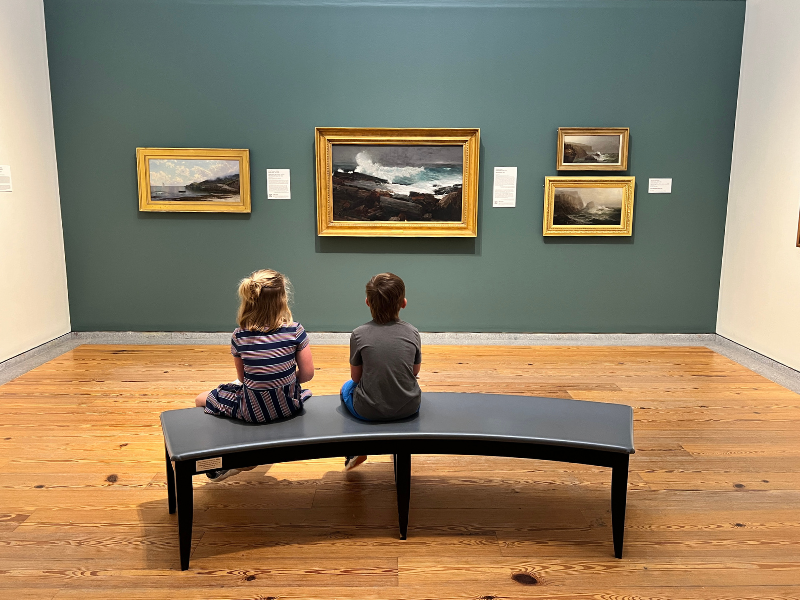
2. Hype it up
One of my favorite ways to build excitement around a new place? A fresh stack of library books!
Here are some of our art museum favorites:

- Making a Great Exhibition by Doro Globus, illustrated by Rose Blake
- Splat! The Most Exciting Artists of All Time, by Mary Richards
- The Museum by Susan Verde, illustrated by Peter H. Reynolds
- My Museum by Joanne Liu
- A History of Pictures for Children by David Hockney, illustrated by Martin Gayford
- Izzy Paints by Tim Miller
Of course, you can find lots of amazing books about specific artists, art movements, historical figures, or periods of time that might be relevant to your particular visit.
When you take some time to dive into the art world with your kids, your upcoming trip will be more significant and your children more engaged.
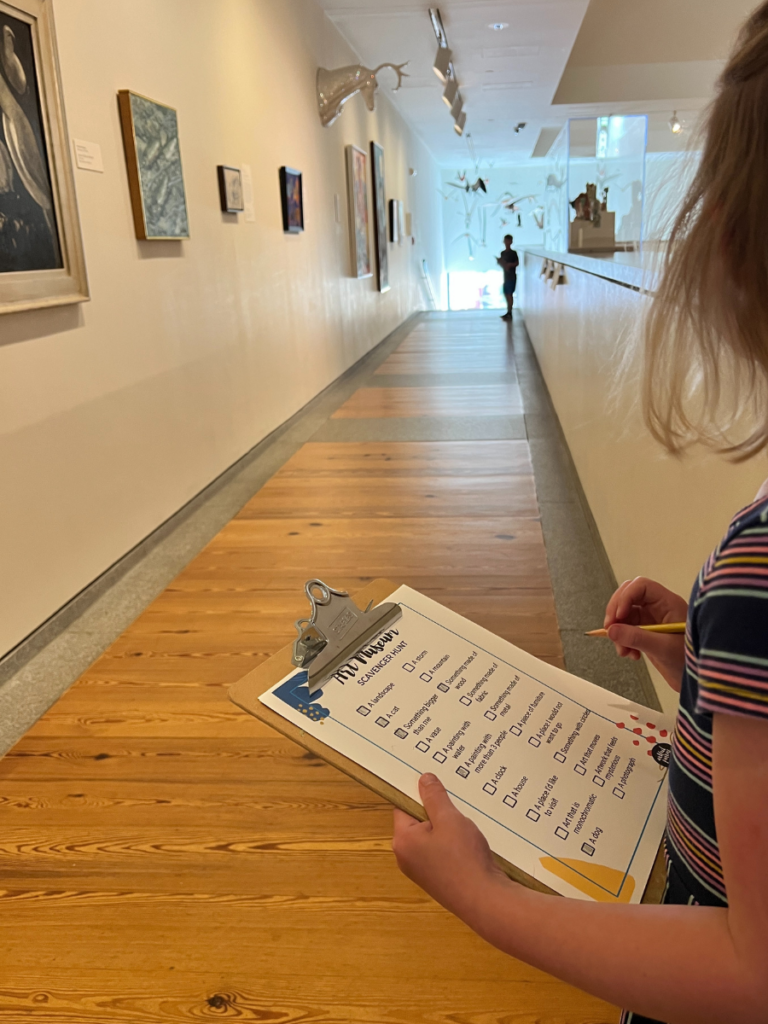
3. Pack smart
Museum-friendly art supplies (like these mini colored pencils and sketch pads) are a great resource for kids. It gives them a chance to sketch their favorite pieces. Stay away from markers and pens as many museums don’t allow these in exhibit areas.
Small travel packs like these can be especially convenient to pull out of your bag in a desperate moment:
I cannot stress enough how one simple idea has transformed the way we approach museums as a family: Museum Scavenger Hunts!
A Museum Scavenger Hunt focuses kids’ attention and gives them something concrete to work on. Plus, it keeps their hands full so they are less tempted to touch what they shouldn’t! This strategy is especially helpful with a more traditional, adult-focused location with limited hands-on exhibits.
Instead of going into an exhibit with a vague notion of “appreciating art,” I arm each kid with a clipboard, a pencil, and a mission.
Of course, you can personalize a scavenger hunt to your specific museum visit, but here’s our FREE Scavenger hunt that’s appropriate for a variety of locations.
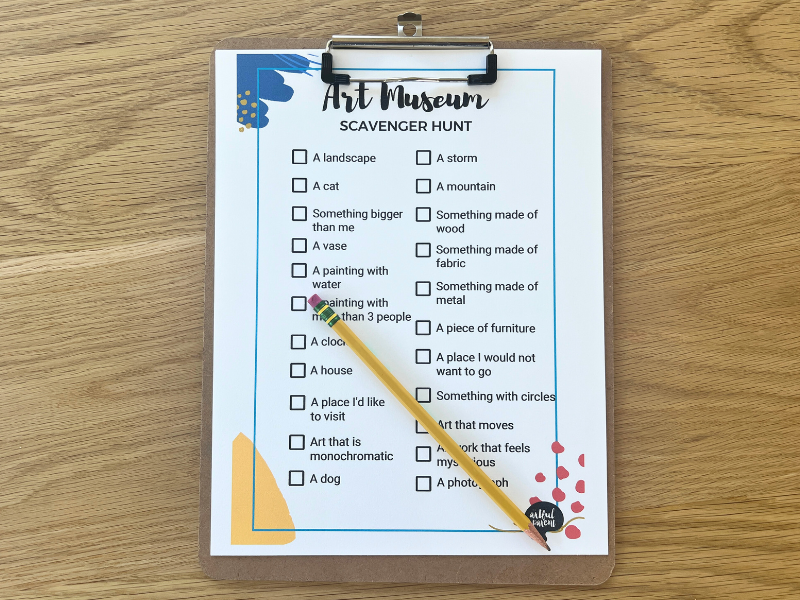
Lastly, kids seem to have an uncanny knack for finding vending machines and cafes, don’t they? So come prepared with snacks of your own, or budget for those pricey cafe apple slices. Whichever you choose, prepare your kids ahead of time for the food situation.
A little pre-museum snack talk could prevent a mid-museum meltdown.
Above all, it’s important to have realistic expectations. You may be happy to wander an art museum for three or four hours, but that’s probably a bit much to ask of a five-year-old.
Make your visit short and sweet and leave while everyone is still in good spirits. One successful visit (even if it’s a short one) will give you the confidence to go again!
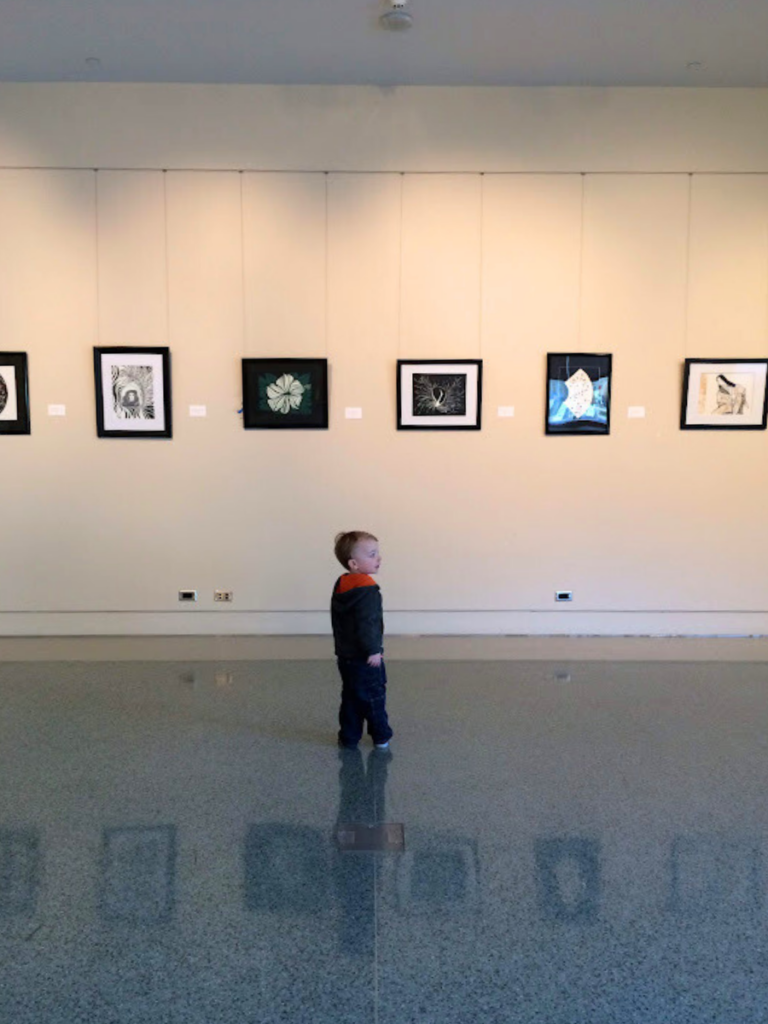
More Ideas for Your Creative Family
- The Best Road Trip + Travel Activities for Kids
- A Travel Art Kit for Kids
- How to Be an Artful Parent
- Why Art is Important for Kids?
- The Benefits of Arts for Kids
- How to Make Portable Art Kits for Kids
Pin It for Later
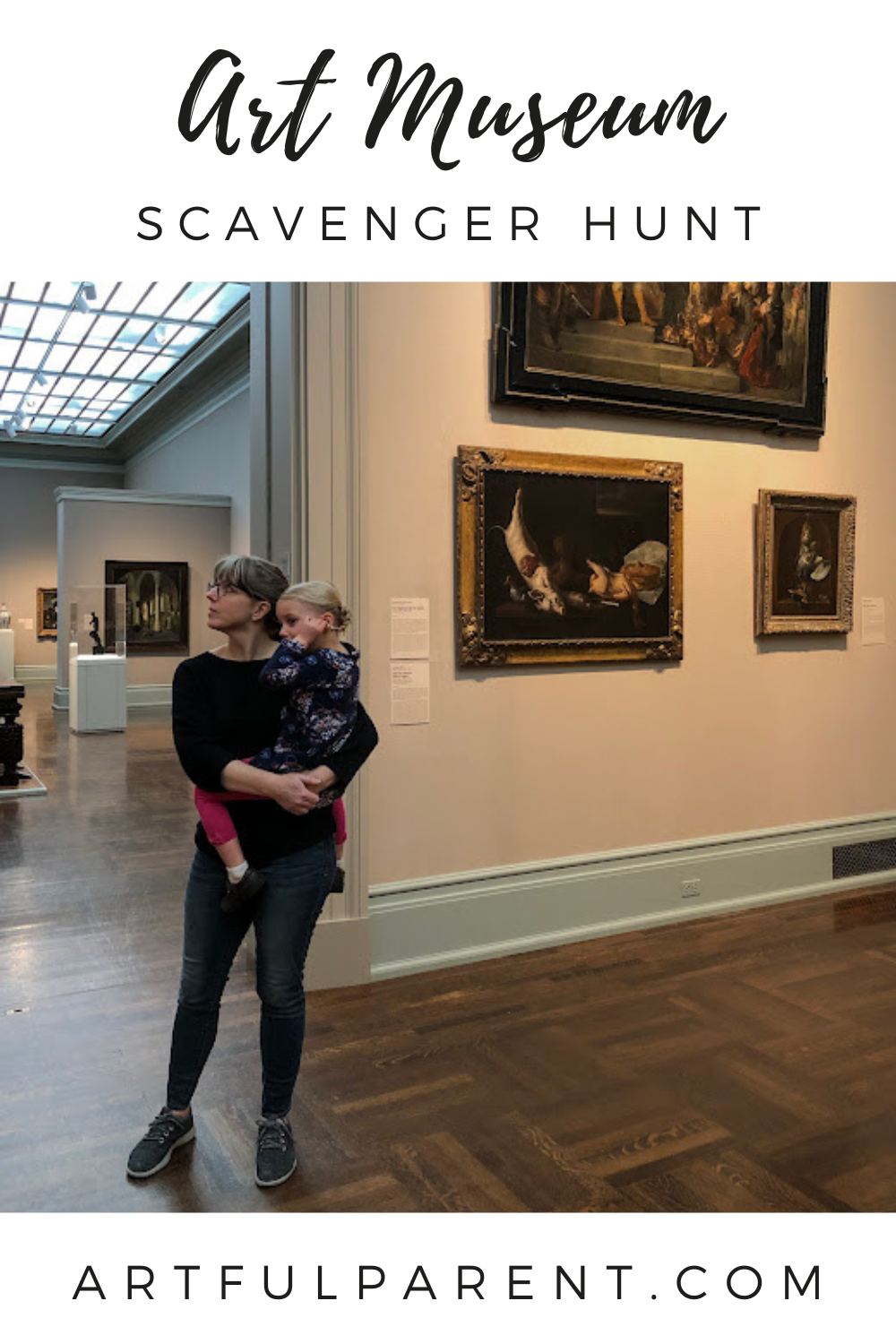

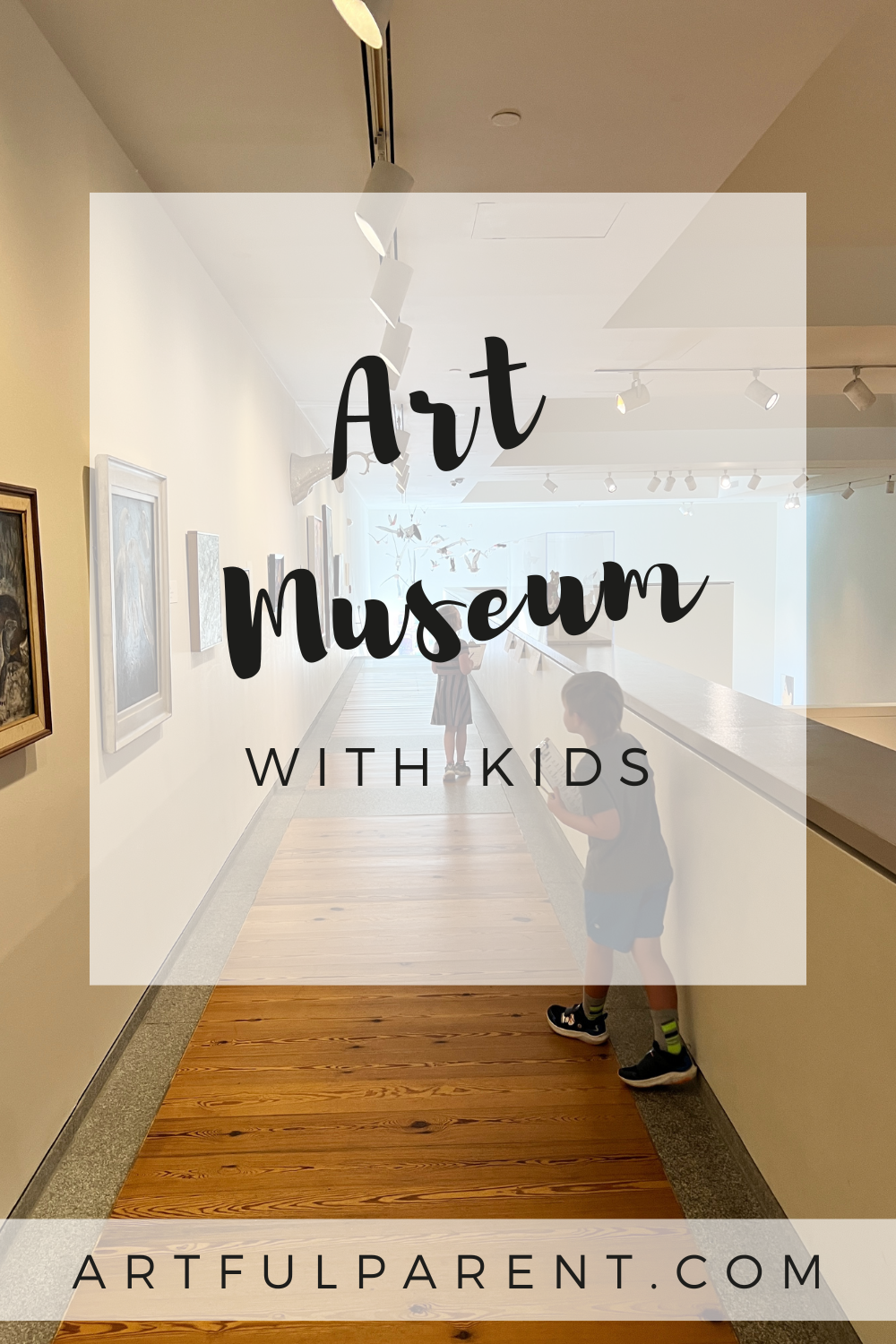
Related Posts
-
How to Create Collage Art for Kids
Color and paint warm and cool colors on paper. Then turn into colorful collage art…
-
10 Art Prompts for Kids to Foster Creativity
Art prompts inspire kids to draw differently than a blank piece of paper. Drawing prompts…
-
The Best Children's Books About Artists
You're going to love this book list filled with children's books about artists, sharing their…
-
Drawing for Kids: Encouraging the Reluctant Artist
Updated June 2022 We often get asked about drawing for kids and specifically on how to…
-
Fun Geometric Art Prompt for Kids
Geometric art for kids is easy, fun, and visually striking with this connect the dots…
-
How to Make Paper Collage for Kids
Try simple paper collage for kids by cutting colored construction paper (good scissor skills practice!)…

